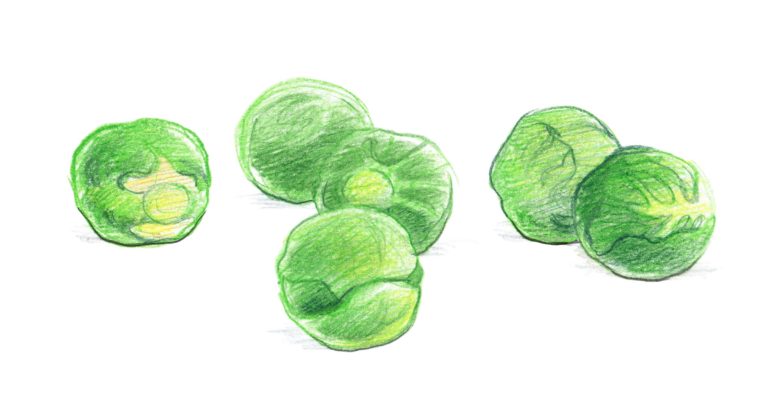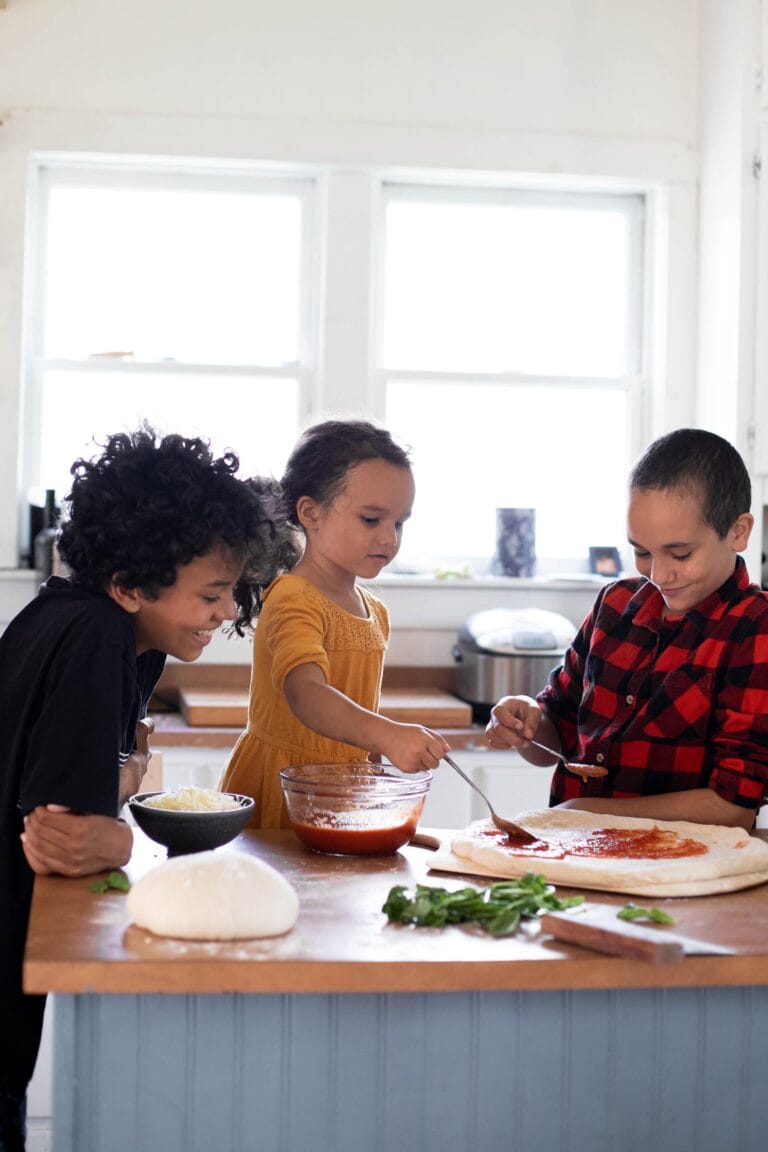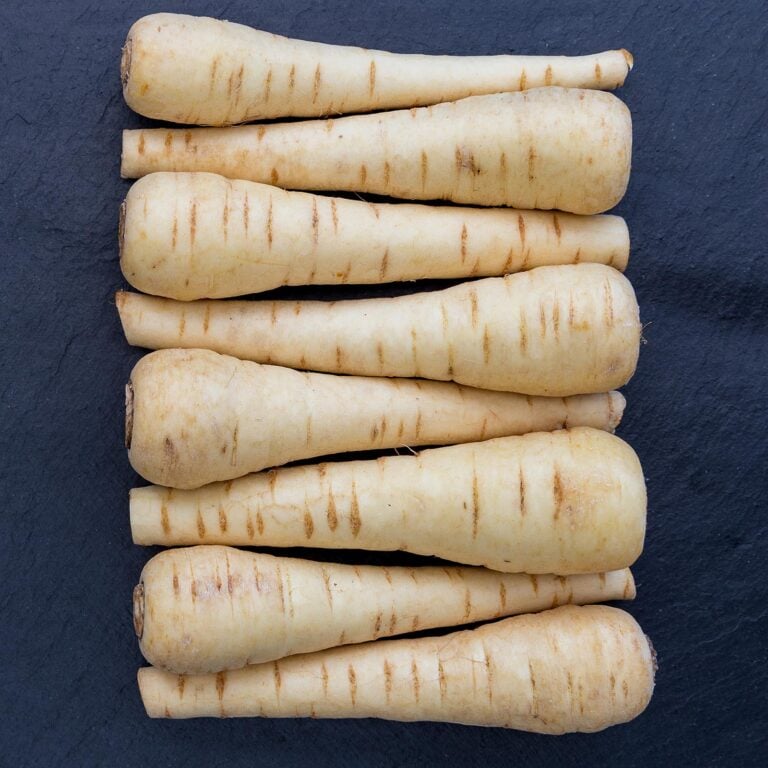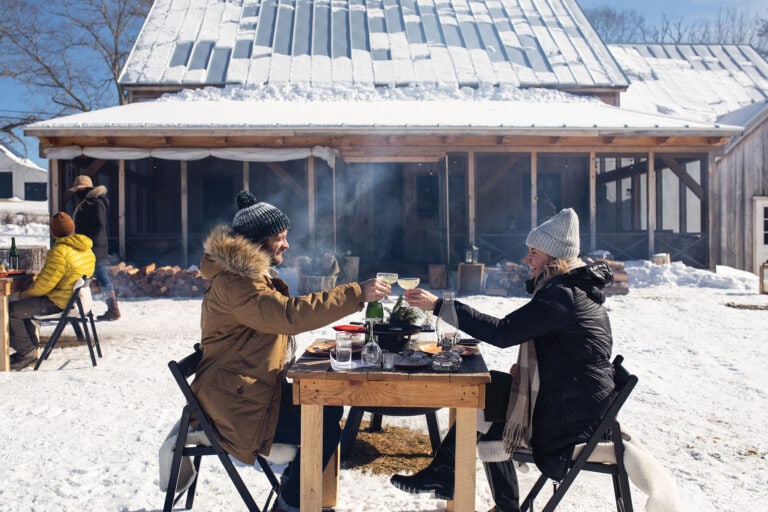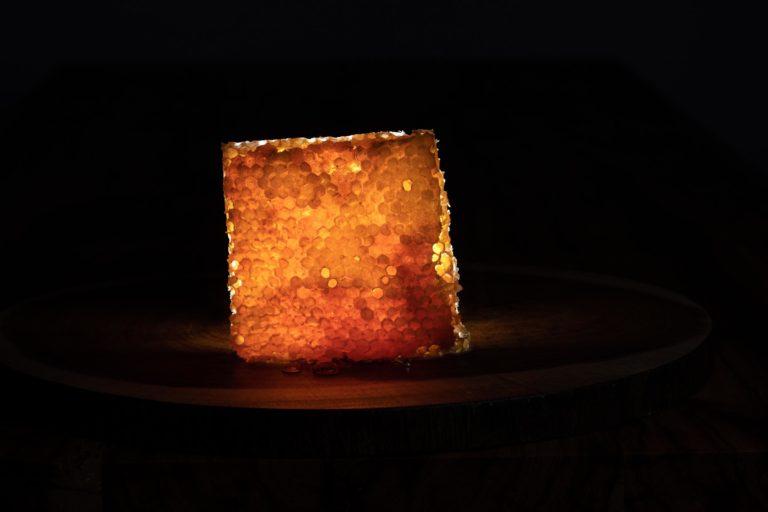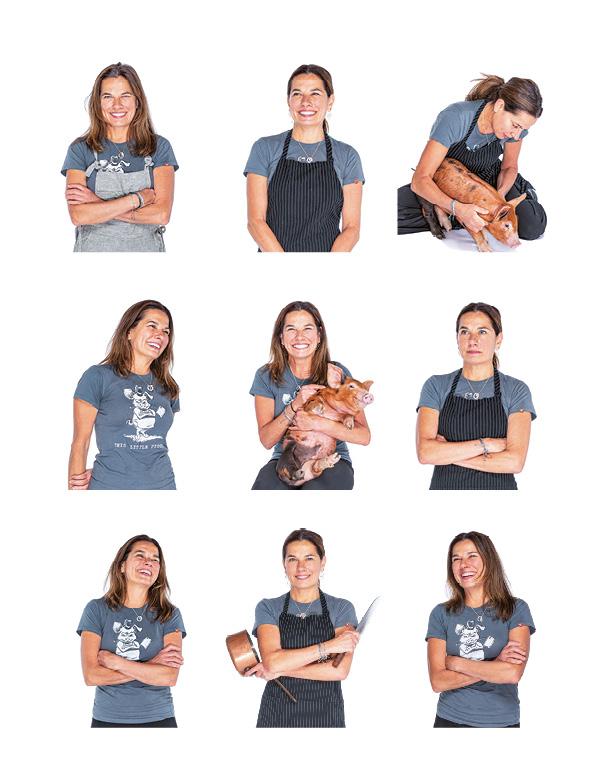Good taste, good smells, good conversation, and good cheer emanate in equal measure from Pierre Janelle’s beautifully manicured and highly functional farmhouse kitchen in Falmouth.
It’s one of those spaces that, if you’re lucky enough to get invited to dinner with Pierre and his interior-designer wife Katy Gannon-Janelle you’ll manufacture any cockamamie excuse to show up early, slide into one of the four woven chrome stools set around a repurposed wooden workbench that extends from Pierre’s white stone-topped island, and thoroughly enjoy the afternoon.
From these seats, you’ll have a prime perch from which to witness the enthusiastically practiced home cook improvise on a loosely organized plan for dinner. He’ll want some wiggle room to incorporate your input and make substitutions for the ingredients he may have forgotten to pick up at the market.
You’ll also have a bird’s eye view of the swoon-worthy Italian, cobalt blue, Ilve gas range and the matching vent hood above it. The range was the splurge item included in the couple’s latest renovation three years ago, according to Katy, who designed the kitchen and managed the project. Neither regrets the big purchase as the cost seems to be more worth its price tag every day Pierre engages the pilot light and has tens of thousands of BTUs at his disposal. Pierre found a second wall oven¾a Bosch with a built-in thermometer that helps him roast meats to temperature¾on Craig’s list.
The best thing you’ll witness, though, from your comfortably curved accommodations, is the demeanor of an accomplished cook who has the confidence to take on nearly any culinary adventure but, refreshingly, none of the ego that would make your experience anything but absolutely delightful.
Pierre’s family has operated the Edgewater Motor Inn in Old Orchard Beach since 1953. And as a third-generation innkeeper, he makes hospitality seem an effortless task.
Should you be a bit peckish when you arrive, he’ll have already boiled a few duck eggs, sliced them to expose their huge, bright yolks, and dolloped on a bit of herb aioli. You might admire the view of the garden through the nine-foot, west-facing window set into white subway-tiled walls right above a deep farmhouse sink. Pierre will be spurred to open a jar of dilly beans, plucked from the garden and canned by Katy last summer.
You’ll learn Pierre is an avid mushroom forager. And if you recall that it was an amazing year for all varieties, he’ll invite you to sample a pickled maitake, picked by him, preserved by Katy. When talk turns to wine, you’ll discuss the great selection at RSVP Discount Beverage in Portland and soon you’ll be sipping a sophisticated Italian red he thinks was a total bargain and would be perfect with the mustard-marinated leg of lamb he intends to serve you.
Once Pierre is assured that you’ve settled in nicely, he will get down to making dinner.
“I used to cook breakfast as a kid. But not much else,” he says.
Early in their marriage, Katy did all the cooking. Pierre’s interest expanded beyond eggs and waffles when he turned 30 and spent whole weekends in the kitchen with a favorite brother-in-law tackling very involved culinary projects, like making sausage. He picked up more everyday cooking techniques from Jacques Pepin on PBS. With enough watching in the living room and practicing in the kitchen, his skills improved. Pierre credits Pepin for teaching him to respect high-quality local ingredients with a waste-not attitude that leaves no morsel with any flavor potential unused.
“He’s a leftover magician,”says Katy. Together they reminisce about the time he took leftover salmon and made quenelles, delicate French dumplings he served in a fortified lobster broth.
“You can’t buy really good commercial stock. So every carrot peel, onion end, and lobster body or chicken bone that comes through this kitchen eventually goes into a pot,” says Pierre.
Just then, he gets the idea to save the liquid he’ll poach whole leeks in before he roasts them. He’ll use the poaching liquid to flavor the polenta he’ll serve with sautéed black trumpet mushrooms and onions. He suddenly remembers he didn’t buy the cream he likes to add to his polenta, but Katy finds a bit of sour cream in the refrigerator that will do the trick. Pierre is still not sure whether he’ll cut the onions into wedges or rings.
“What do you think would be better? That’s where I get distracted. There are just so many options. So many ways to go,” says Pierre, chuckling to himself and throwing an impish look in Katy’s direction. Katy explains she chose to install open shelving on the walls over the Ilve so Pierre could organize his options¾like a selection of a dozen vinegars and various sized plates for serving in plain sight.
It took Katy developing serious food sensitivities to push her husband into high gear in the kitchen.
“We couldn’t eat out a lot like we had been doing. But we still had access to all of this great food around us. It was a blessing in disguise because it pushed me to be more creative,” says Pierre.
By that point in his culinary trajectory, he’d already eschewed specific recipes in favor of ingredient ratios in most dishes as a matter of course. So he now finds that swapping out ingredients Katy can’t eat in the dishes he knows, is a simpler exercise than seeking out recipes that specifically contain those she can eat. Take spanakopita, for example.
“Pierre makes me kalekopita because I can’t have spinach,” says Katy, and he uses spelt flour instead of the regular wheat flour that she also can’t eat.
As I listen to the litany of ways Pierre has adapted Katy’s favorite dishes so that she can still enjoy them, it strikes me that as aesthetically pleasing as this kitchen is, the real draw of this space is the accommodating cook.







